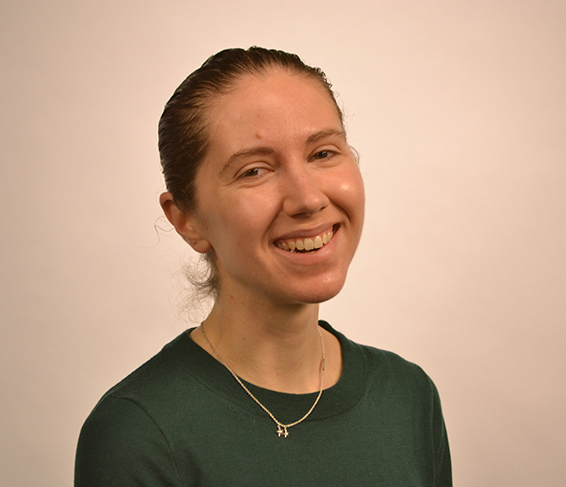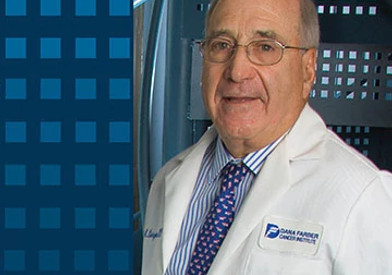
Sarah J. Hill, MD, PhD
Biography
Sarah J. Hill, MD, PhD
Dr. Sarah Hill, M.D./Ph.D., is a physician scientist in the Department of Medical Oncology and Division of Molecular and Cellular Oncology at Dana-Farber Cancer Institute focused on understanding the mechanisms of ovarian carcinogenesis and therapeutic sensitivity and resistance. She completed her A.B. at Harvard College, her Ph.D. at Harvard University in the laboratory of Dr. David Livingston at Dana-Farber Cancer Institute, and her M.D. at Harvard Medical School in the Harvard-MIT HST program. She is also a Rhodes Scholar and completed an M.Sc. in biochemistry at Oxford University. Upon graduation from the Harvard M.D./Ph.D. program, she completed a brief residency in pathology. She joined the faculty at Dana-Farber as an independent investigator immediately upon completion of her residency without any post-doctoral training and won an NIH Early Independence Award with the support of her Ph.D. mentor Dr. Livingston.
Researcher
Physician
Centers/Programs
Clinical Interests
Breast cancer, Ovarian cancer, Women’s Cancers
Fellowship
- Brigham and Women's Hospital
Residency
- Brigham and Women's Hospital
Medical School
- Harvard Medical School
Recent Awards
- ASCI Young Physician Scientist Award 2023
- AACR Annual Meeting NextGen Star Award 2022
- AACR Cancer Research Early Career Award 2021
- NIH Director’s Early Independence DP5 Award 2020
- Rhodes Scholarship 2005
- Henderson Prize 2005
Locations

Dana-Farber Cancer Institute, Dana 1410C
450 Brookline Avenue Boston, MA 02215Dana-Farber Cancer Institute, Dana 1410C



06f8.jpg)